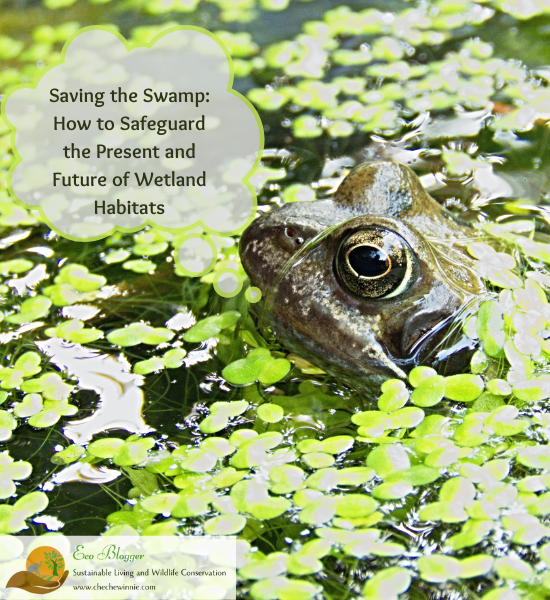Wetland habitats: What are they and why are they important?
Wetlands are areas where the land is saturated with water for all or part of the year. They come in many forms, including marshes, swamps, bogs, and fens. These unique ecosystems are home to a wide variety of plant and animal species, many of which are found nowhere else on earth. Wetlands are also important for regulating water flow, filtering pollutants, and providing recreational opportunities for humans.
The challenges facing wetland habitats
Despite their importance, wetlands are facing a range of threats, including:
- Habitat loss: Wetlands are often drained, filled, or converted for agriculture or development purposes, leading to a loss of habitat for the species that rely on them.
- Pollution: Wetlands can become contaminated by agricultural runoff, sewage, and other pollutants, which can harm the plants and animals that live there.
- Climate change: Rising temperatures, changes in precipitation patterns, and sea-level rise are all impacting wetlands and the species that depend on them.
What can we do to protect and restore wetland habitats?
There are several actions we can take to safeguard the present and future of wetland habitats:
- Protect existing wetlands: One of the most effective ways to protect wetlands is to prevent their destruction in the first place. This can involve enforcing existing wetland protection laws, creating new protected areas, and incentivizing landowners to maintain wetland habitats on their properties.
- Restore degraded wetlands: Many wetlands have already been damaged or destroyed, but can be restored through careful management and restoration techniques such as re-vegetation, invasive species removal, and hydrological restoration.
- Reduce pollution: We can all do our part to reduce pollution by using eco-friendly products, properly disposing of hazardous waste, and supporting policies that regulate and limit pollution from industrial and agricultural sources.
- Address climate change: To address the impacts of climate change on wetlands, we need to reduce greenhouse gas emissions and support policies and practices that promote climate resilience.
Get involved: ways to support wetland conservation efforts
If you’re interested in supporting wetland conservation efforts, there are many ways to get involved:
- Volunteer with a local conservation organization that works on wetland protection and restoration projects.
- Advocate for wetland conservation policies at the local, and national levels.
- Support wetland conservation financially by donating to a conservation organization or by purchasing products from companies that support wetland restoration and protection.
- Educate others about the importance of wetlands and the threats they face.
Conclusion: why saving wetlands matters for the present and future
Wetlands are incredibly valuable ecosystems that provide a range of benefits for both humans and wildlife. By protecting and restoring wetland habitats, we can ensure that they continue to provide these benefits for generations to come. Whether you’re a conservationist, a wildlife lover, or just someone who cares about the health of our planet, there are many ways to get involved and make a difference in the fight to save the swamp. So let’s roll up our sleeves and get to work!

